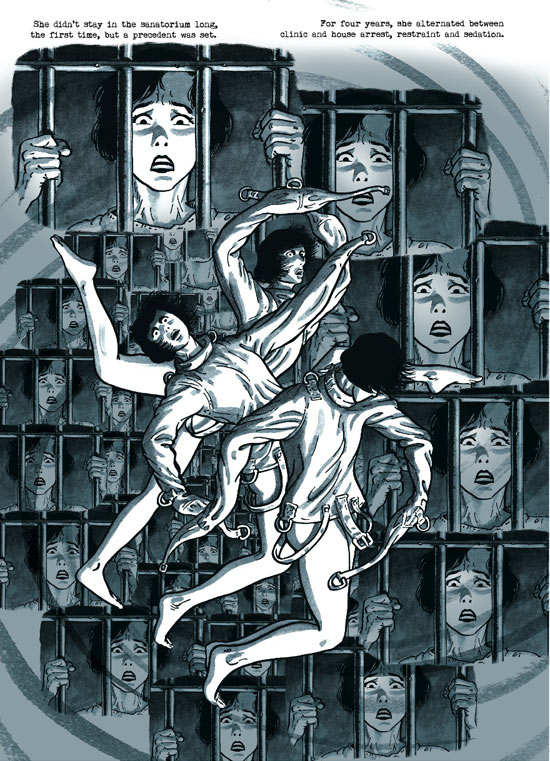This week we're giving something back to the people. As Agony Ant-Man, we take listener questions and pump out good advice and comics-related wisdom at a frankly disturbing volume. As in quantity. If it's too loud, turn it down. We can't do everything for you.
We read:
- Manhattan Projects - Jonathan Hickman and Nick Pitarra
- Stray Bullets - David Lapham
- The Wicked and the Divine - Kieron Gillen, Jamie McKelvie and Matthew Wilson
- Age of Bronze - Eric Shanower
- Terms of Service - Michael Keller & Josh Neufeld
- Ody-C - Matt Fraction and Christian Ward
- Sing No Evil - J. P. Ahonen and K. P. Alare
And to fix your broken and tragic lives, we recommended:
- Atomic Robo - Brian Clevinger and Scott Wegener
- DC: The New Frontier - Darwyn Cooke
- The Unbeatable Squirrel Girl - Ryan North and Erica Henderson
- She-Hulk: either the Dan Slott run or the Charles Soule one
- My Cardboard Life / Soppy - Philippa Rice
- Bandette - Paul Tobin and Coleen Coover
- Chloe Noonan - Marc Ellerby
- Blankets - Craig Thompson
- All-Star Superman - Grant Morrison and Frank Quitely
- Flex Mentallo - Grant Morrison and Frank Quitely
- Joe The Barbarian - Grant Morrison and Sean Murphy
- Asterix - Rene Goscinny and Albert Uderzo
- Rat Queens - Kurtis J. Wiebe and Roc Upchurch
- Kate Beaton
- Stuck Rubber Baby - Howard Cruse
- The Hypo: The Melancholic Young Lincoln - Noah Van Sciver
- Ms. Marvel - G. Willow Wilson and various artists
- I Don't Like My Hair Neat - Julia Scheele
- Double Barrel
- Anything by John Allison
- Will O' The Wisp - Megan Hutchinson and Tom Hammock
- Hildafolk - Luke Pearson
- Everything We Miss - Luke Pearson
- Infinite Vacation - Nick Spencer and Christian Ward
- King Cat - John Porcellino
- The Boxer - Reinhard Kleist
- Mulp - Matt Gibbs & Sara Dunkerton
- Mouseguard - David Petersen
- Journey Into Mystery - Kieron Gillen and Richard Elson
- From Hell - Alan Moore and Eddie Campbell
- League of Extraordinary Gentlemen - Alan Moore and Kevin O'Neill
- The Adventures of Luther Arkwright - Bryan Talbot
- Scott Pilgrim - Bryan Lee O'Malley
- Empire State - Jason Shiga
- Age of Apocalypse - Various
- Reading Comics - Douglas Wolk
- Understanding Comics - Scott McCloud
- 1001 Comics You Must Read Before You Die - Paul Gravett, Various
And We Are The Best is based on Never Goodnight by Coco Moodysson. And that NoBrow iPad app is here.






